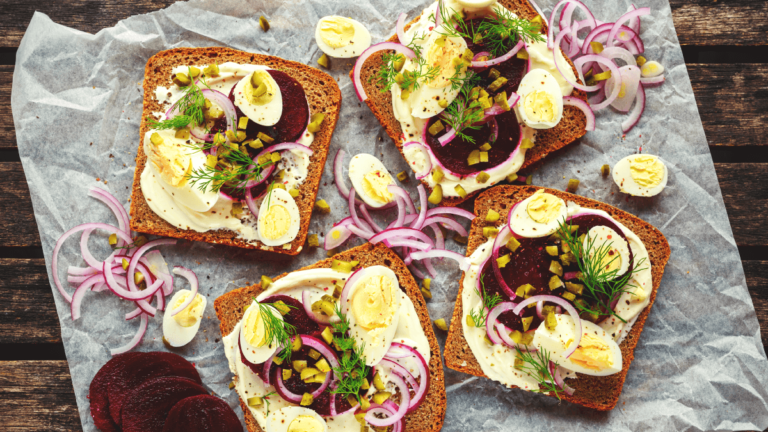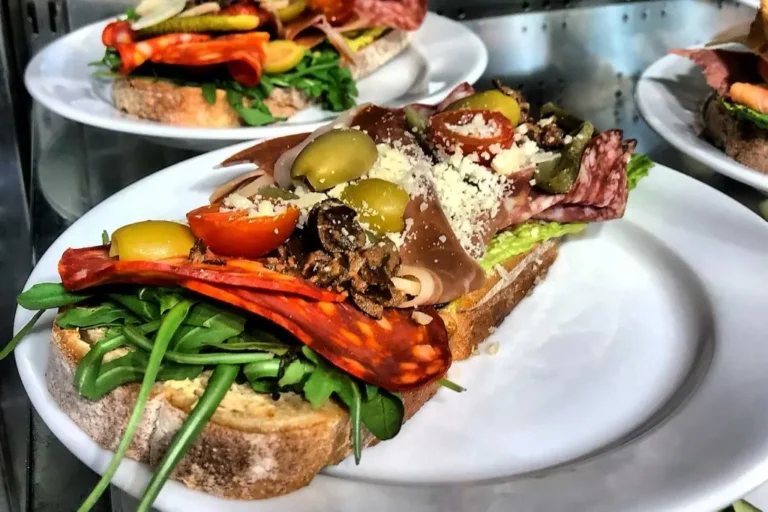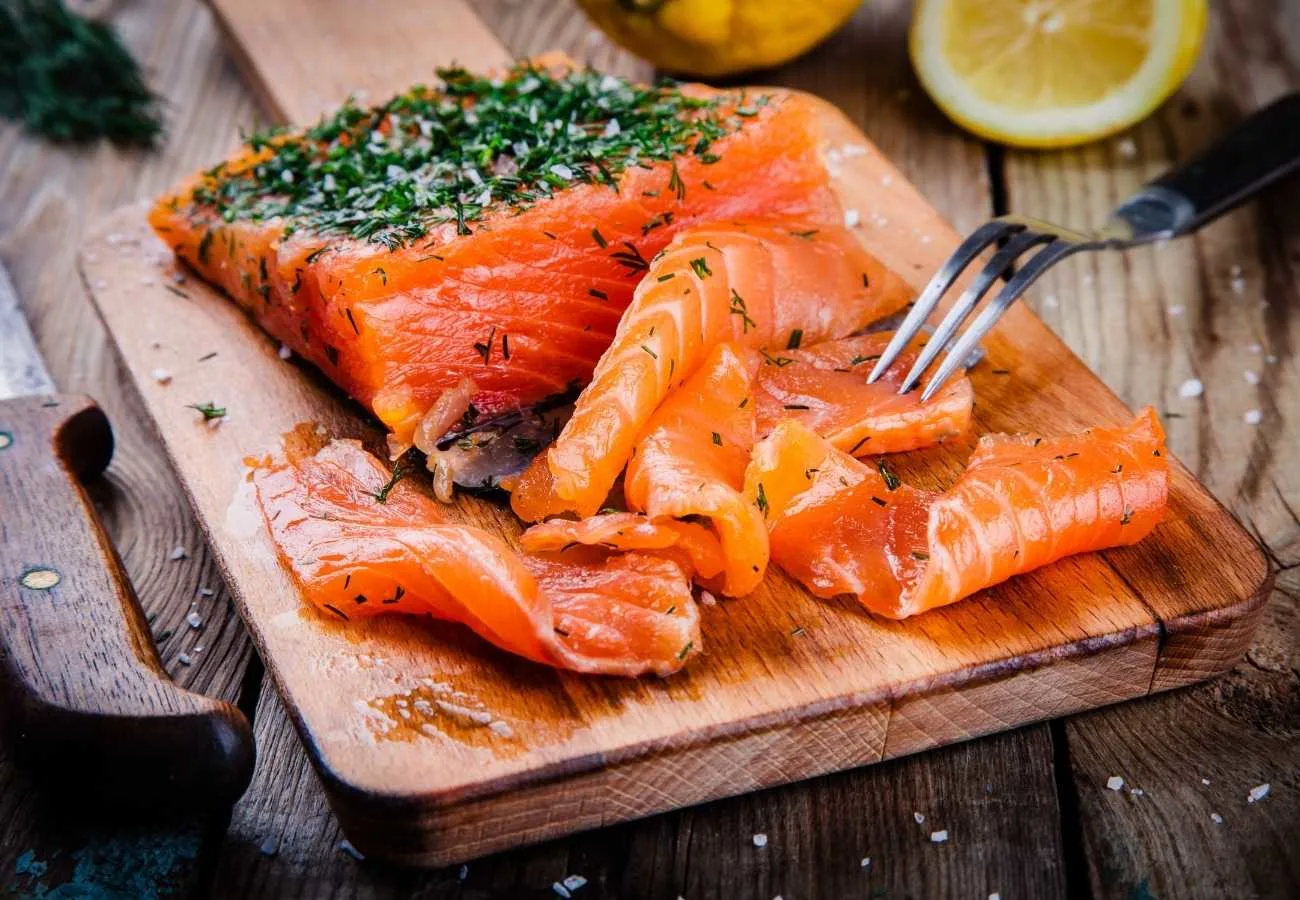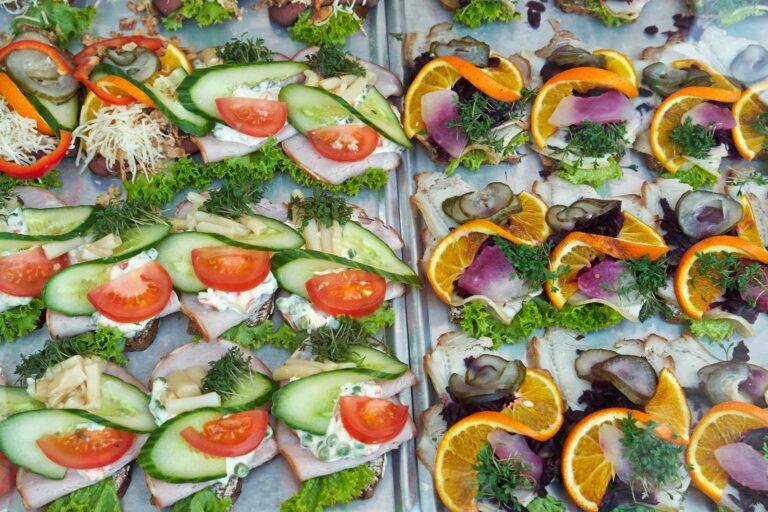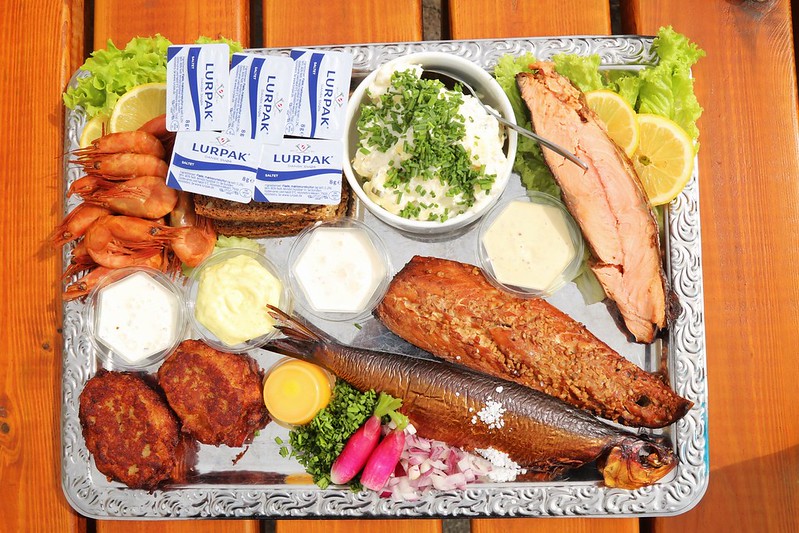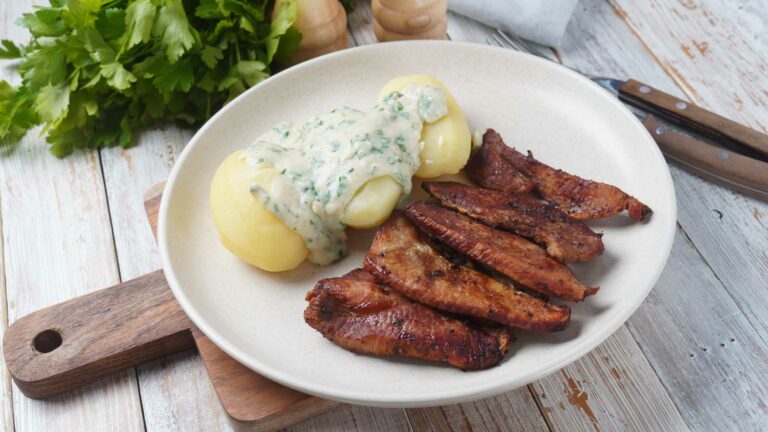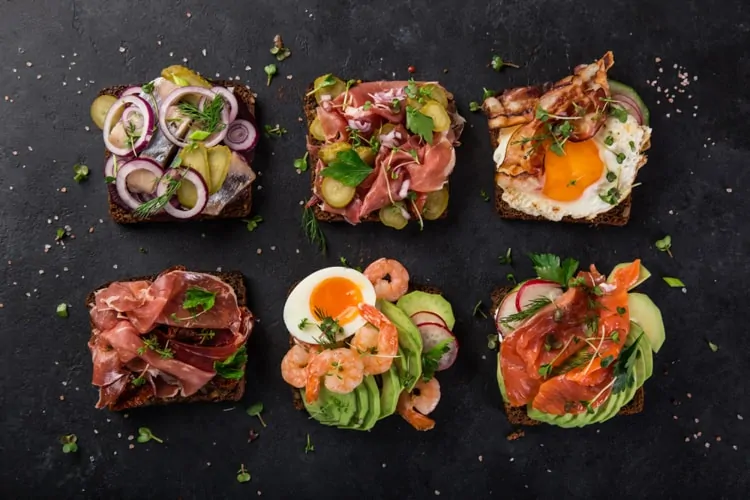Introduction: Exploring Traditional Danish Cuisine
Denmark is a small country with a rich culinary heritage that has become increasingly popular in recent years. Danish cuisine is characterized by its simplicity, use of fresh ingredients, and focus on comfort food. There are many traditional Danish dishes that are worth exploring and trying out, whether you are a foodie, a traveler, or simply looking to expand your culinary horizons.
From open-faced sandwiches to hearty pork dishes and sweet desserts, Danish cuisine offers a wide range of flavors and textures that are sure to satisfy your taste buds. Here are some traditional Danish dishes that you should definitely try if you get the chance.
Smørrebrød: The Open-Faced Sandwiches of Denmark
Smørrebrød is a famous Danish dish that consists of an open-faced sandwich served on rye bread. The toppings can vary widely, from pickled herring and shrimp to liver pate and roast beef. The bread is typically spread with butter or cream cheese and topped with a variety of ingredients, such as sliced cucumbers, tomatoes, and onions.
Smørrebrød is a popular lunch dish in Denmark and is often served with a cold beer or a shot of aquavit. It is a great way to sample different flavors and textures in one dish and is perfect for sharing with friends and family.
Frikadeller: The Danish Version of Meatballs
Frikadeller is a traditional Danish dish that is similar to meatballs. The main difference is that frikadeller are made with a mixture of ground pork and beef, as well as onions, eggs, and breadcrumbs. The mixture is then shaped into small balls and fried until crispy and golden brown.
Frikadeller are often served with boiled potatoes and gravy, making it a hearty and comforting meal. They are a popular dish at family gatherings and are a great way to experience the flavors of Danish home cooking.
Flæskesteg: The Classic Roast Pork Dish
Flæskesteg is a classic Danish dish that consists of roast pork served with crispy crackling. The pork is seasoned with salt and pepper and cooked until tender and juicy. The crackling is made by scoring the skin of the pork and roasting it until it is crispy and golden brown.
Flæskesteg is often served with boiled potatoes, red cabbage, and gravy. It is a popular dish during the Christmas season and is a must-try for anyone visiting Denmark. The combination of tender pork and crispy crackling is a true delight for the taste buds.
Æbleskiver: The Popular Danish Dessert
Æbleskiver are small, spherical pancakes that are a popular dessert in Denmark. They are made with a batter of flour, eggs, sugar, and milk and are typically served with powdered sugar and jam. The batter is poured into special pans that have small, round indentations, which allows the pancakes to cook evenly on all sides.
Æbleskiver are often enjoyed during the Christmas season and are a staple at Danish holiday gatherings. They are a fun and delicious dessert that can be enjoyed by both kids and adults.
Rugbrød: The Dark Rye Bread of Denmark
Rugbrød is a traditional Danish bread that is made with rye flour and sourdough. It has a dense texture and a slightly sour taste, which makes it a perfect accompaniment to savory dishes like smørrebrød and frikadeller.
Rugbrød is a staple in Danish cuisine and is often served at breakfast and lunch. It is a healthy and nutritious bread that is packed with fiber and nutrients.
Stegt flæsk med persillesovs: Fried Pork Belly with Parsley Sauce
Stegt flæsk med persillesovs is a classic Danish dish that consists of fried pork belly served with a parsley sauce. The pork belly is sliced thinly and fried until crispy and golden brown. The parsley sauce is made with cream, butter, and fresh parsley, and is poured over the pork belly.
Stegt flæsk med persillesovs is a hearty and filling dish that is perfect for a cold winter evening. It is often served with boiled potatoes and pickled beets, making it a complete meal.
Rødgrød med fløde: The Iconic Red Berry Pudding with Cream
Rødgrød med fløde is a famous Danish dessert that consists of a red berry pudding served with cream. The pudding is made with a combination of red berries like strawberries, raspberries, and cherries, and is thickened with cornstarch.
Rødgrød med fløde is a refreshing and delicious dessert that is perfect for summer. It is often served with a dollop of whipped cream on top, which adds a creamy and rich flavor to the sweet and tangy pudding.

